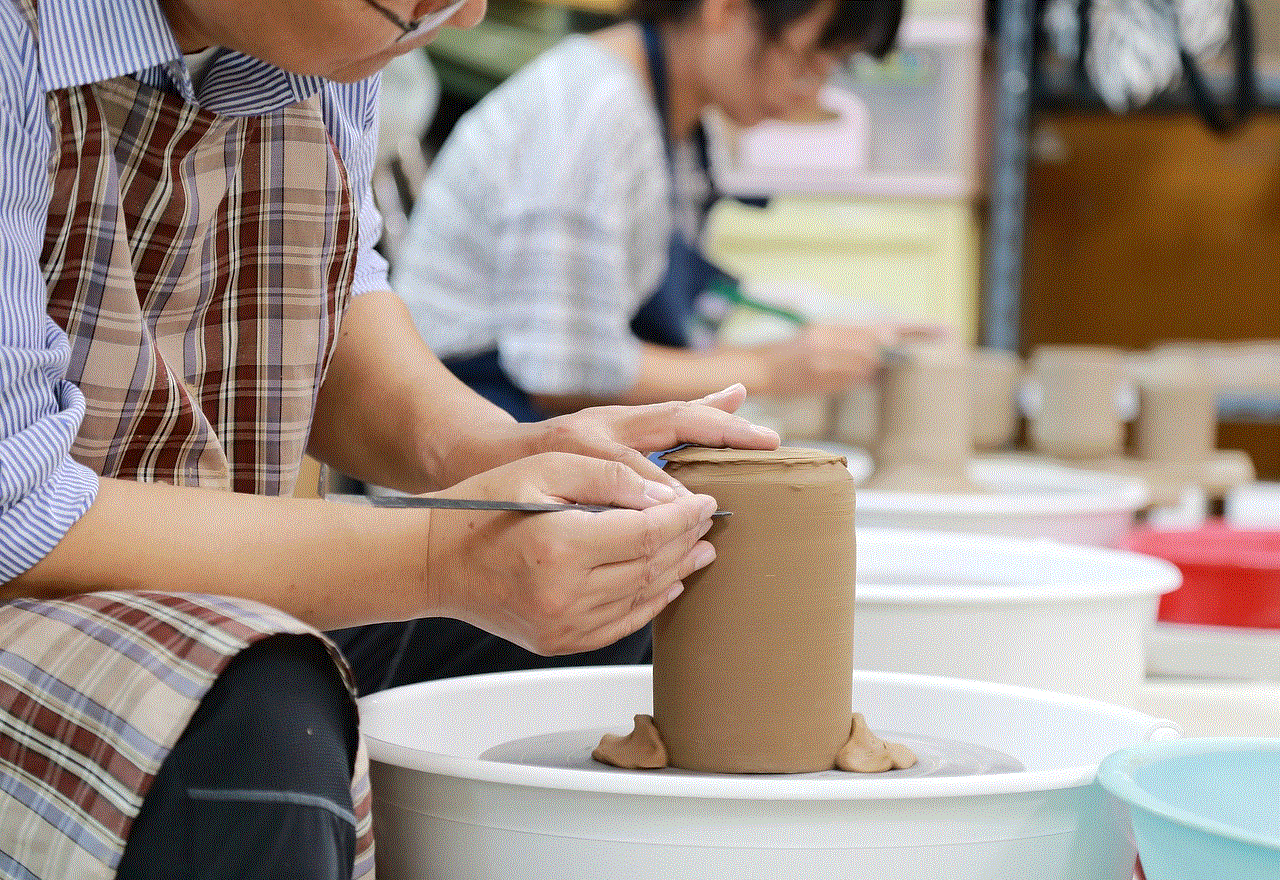8 months old baby
As a parent, it’s natural to want the best for your child – especially when it comes to their health and development. From the moment they are born, you become invested in their growth and well-being, and this includes ensuring they receive the proper care and attention to thrive. While every stage of a child’s life is important, the first year is particularly crucial as it sets the foundation for their future growth and development. In this article, we will discuss the various aspects of an 8-month-old baby’s life and how to ensure they are on the right track towards a healthy and happy childhood.
Physical Development
At 8 months old, your baby is rapidly growing and developing physically. They have likely doubled their birth weight and have grown several inches in length. Their motor skills are also improving, and they are now able to sit up without support, roll over, and even crawl. They may also be pulling themselves up to a standing position and may start cruising around furniture.
As a parent, it’s important to encourage and support your baby’s physical development. This can be done through tummy time, which helps to strengthen their neck and back muscles, and providing them with safe and age-appropriate toys to play with. You can also help them practice sitting up by propping them up with pillows or sitting behind them for support. As they start to become more mobile, it’s important to create a safe environment for them to explore and play in.
Feeding
At 8 months old, your baby’s diet will start to expand beyond breast milk or formula. They will be ready to try solid foods and will likely show interest in what you are eating. It’s important to introduce new foods slowly and watch for any signs of allergies or sensitivities. Some good first foods to try include pureed fruits and vegetables, mashed avocado, and infant cereals.
It’s also important to continue breastfeeding or formula feeding during this time, as it provides important nutrients and helps with their overall growth and development. As your baby starts to eat more solid foods, they may naturally start to decrease their milk intake. However, it’s important to continue offering it to them to ensure they are getting enough nutrition.
Sleep
By 8 months old, most babies have established a fairly consistent sleep routine. They may be taking 2-3 naps during the day, with a longer stretch of sleep at night. However, every baby is different and some may still struggle with sleeping through the night. It’s important to establish a bedtime routine and stick to it, as this will help your baby understand when it’s time to sleep. This can include a bath, reading a story, or singing a lullaby.
If your baby is still having trouble sleeping through the night, it’s important to be patient and consistent. They may still need a nighttime feeding or may just need some extra comfort from you. As they continue to grow and develop, their sleep patterns will naturally change and improve.
Social and Emotional Development
At 8 months old, your baby is becoming more aware of their surroundings and starting to interact with the world around them. They may start to recognize familiar faces and may even show signs of separation anxiety when you leave the room. This is a normal part of their social and emotional development and shows that they are forming strong attachments to their caregivers.
To help support your baby’s social and emotional development, it’s important to provide them with a safe and loving environment. Continue to show them affection and respond to their needs promptly. You can also introduce them to new people and experiences, but make sure to do it gradually to avoid overwhelming them.
Cognitive Development
Your 8-month-old baby is also starting to develop their cognitive skills. They may be able to understand basic commands and respond with actions such as waving or clapping. They may also start to imitate sounds and gestures and are becoming more curious about their surroundings. You can help support their cognitive development by providing them with age-appropriate toys and activities, such as stacking blocks or playing with cause-and-effect toys.
Language Development
At 8 months old, your baby’s language skills are also starting to develop. They may start to babble and make sounds that resemble words. They may also start to respond to their name and understand simple words like “no” or “bye-bye”. You can help encourage their language development by talking to them often and responding to their babbles and attempts at communication.
Developmental Milestones
At 8 months old, your baby is reaching important developmental milestones. These milestones can vary from baby to baby, but it’s important to keep track of their progress and discuss any concerns with their pediatrician. Some common milestones for an 8-month-old baby include:
– Sitting up without support
– Crawling
– Pulling themselves up to a standing position
– Responding to their name
– Understanding simple words and commands
– Babbling and imitating sounds
– Playing with toys and objects
– Showing separation anxiety
– Eating solid foods
– Sleeping through the night
Parenting Tips
As a parent of an 8-month-old, it’s important to keep in mind that every baby develops at their own pace. Some may reach certain milestones earlier or later than others, and that’s perfectly normal. However, if you have any concerns about your baby’s development, it’s always best to discuss them with their pediatrician.
Here are some additional tips for parenting an 8-month-old baby:
– Create a safe and stimulating environment for your baby to explore and play in.
– Stick to a consistent routine for feeding, sleeping, and playtime.
– Talk to your baby often and respond to their attempts at communication.
– Read to your baby and introduce them to new experiences and objects.
– Provide them with age-appropriate toys and activities to support their physical and cognitive development.



– Show them love and affection and respond to their needs promptly.
– Don’t compare your baby’s development to others – every baby is unique and will develop at their own pace.
In conclusion, the first year of a baby’s life is full of rapid growth and development. As a parent, it’s important to provide your 8-month-old baby with a safe and loving environment to support their physical, social, emotional, cognitive, and language development. By following the tips and milestones mentioned in this article, you can ensure that your baby is on the right track towards a healthy and happy childhood. Remember to enjoy this special time with your little one and cherish every moment as they continue to grow and thrive.
stages of grooming
Grooming is an essential part of maintaining a healthy appearance and overall well-being. It involves taking care of one’s physical appearance, hygiene, and personal presentation. Grooming is not just limited to one’s outward appearance but also includes developing good habits and behaviors that contribute to a person’s overall image and confidence.
There are various stages of grooming that individuals go through in their lives. These stages are influenced by societal norms, cultural practices, and personal preferences. In this article, we will explore the different stages of grooming and their significance in our lives.
1. Childhood Grooming:
The first stage of grooming begins in childhood when parents or caregivers start teaching children about basic hygiene and self-care practices. This includes brushing teeth, bathing, washing hands, and combing hair. These activities not only promote cleanliness but also lay the foundation for good grooming habits later in life. Children also learn about dressing appropriately and maintaining a neat appearance.
2. Teenage Grooming:
As children enter their teenage years, grooming takes on a new level of importance. Adolescents become more aware of their appearance and start experimenting with different styles and trends. This stage is crucial as teenagers learn about personal grooming and develop their own sense of style. They also start paying more attention to their skin, hair, and overall appearance, often seeking advice from peers or older family members.
3. Young Adult Grooming:
The young adult stage is a time when individuals become more independent and start taking charge of their grooming routines. This is a period of self-discovery, and grooming plays a significant role in establishing one’s identity. Young adults may experiment with different hairstyles, makeup, and fashion to find what works best for them. They also start investing in grooming products and services to maintain their appearance.
4. Professional Grooming:
As individuals enter the workforce, grooming takes on a whole new meaning. Professional grooming involves presenting oneself in a way that is appropriate for the workplace. This includes dressing professionally, maintaining good personal hygiene, and having a neat and polished appearance. Professional grooming also extends to one’s behavior, communication skills, and overall demeanor. It is essential to make a good first impression in a professional setting, and grooming plays a crucial role in achieving this.
5. Special Occasion Grooming:
Special occasions such as weddings, parties, or formal events call for a higher level of grooming. These events require individuals to dress in a specific way and pay attention to every detail of their appearance. Special occasion grooming may involve getting a new haircut, getting a manicure or pedicure, and wearing formal attire. It is a time to look and feel your best, and grooming plays a significant role in achieving that.
6. Personal Grooming:
Personal grooming is an ongoing process that involves taking care of oneself on a daily basis. It includes activities such as bathing, skincare, hair care, and maintaining a healthy diet. Personal grooming is essential for maintaining good physical and mental health. It also contributes to an individual’s overall image and confidence.
7. Elderly Grooming:
As individuals age, grooming may become more challenging due to physical limitations or health issues. However, it is still a crucial part of maintaining a sense of self and dignity. Elderly grooming involves activities such as bathing, dressing, and personal hygiene, which may require assistance from caregivers or family members. It is essential to continue practicing good grooming habits in old age to maintain overall well-being.
8. Cultural Grooming:



Different cultures have their own unique grooming practices and traditions. These may include specific hairstyles, clothing, makeup, and skincare routines. Cultural grooming is a way to express one’s identity and heritage. It also plays a significant role in preserving cultural traditions and passing them down to future generations.
9. Grooming for Wellness:
In recent years, the concept of grooming for wellness has gained popularity. This involves taking care of oneself not just for appearance but also for overall health and well-being. Grooming for wellness may include activities such as yoga, meditation, and mindfulness practices. It also emphasizes the importance of self-care and self-love in maintaining a healthy mind and body.
10. Grooming for Aging Gracefully:
Aging gracefully is a mindset that focuses on embracing the natural process of aging while still taking care of oneself. Grooming plays a crucial role in this stage as individuals may need to adapt their grooming routines to accommodate changes in their appearance and physical abilities. Grooming for aging gracefully may involve using anti-aging skincare products, maintaining a healthy diet, and staying physically active.
In conclusion, grooming is a continuous process that evolves throughout different stages of our lives. It not only helps us maintain a good appearance but also contributes to our physical and mental well-being. By understanding the various stages of grooming and their significance, we can develop healthy grooming habits that will benefit us throughout our lives.
snapchat for teenager
In today’s digital age, social media has become an integral part of the lives of teenagers. With the rise of platforms such as Instagram , facebook -parental-controls-guide”>Facebook , and Twitter, teenagers have a variety of options to connect with their friends and share their experiences. However, there is one platform that has gained immense popularity among teenagers in recent years – Snapchat . Launched in 2011, Snapchat has taken the world by storm with its unique features and has become a go-to app for teenagers. In this article, we will explore what makes Snapchat the preferred social media platform for teenagers and how it has impacted their lives.
Snapchat is a multimedia messaging app that allows users to send photos and videos, known as “snaps,” to their friends. The app also allows users to add filters, captions, and drawings to their snaps, making them more fun and creative. One of the unique features of Snapchat is that the snaps disappear after a few seconds, making it an ephemeral messaging platform. This feature has made it a popular choice among teenagers, who value privacy and want to share moments without the fear of them being saved or shared.
One of the main reasons why Snapchat has become so popular among teenagers is that it allows them to express themselves in a more authentic way. Unlike other social media platforms, where users tend to curate their profiles and share only the best parts of their lives, Snapchat encourages users to be more real and spontaneous. The disappearing feature of snaps also adds a sense of urgency and excitement, making it more appealing to teenagers who are always seeking new experiences.
Another factor that has contributed to the popularity of Snapchat among teenagers is its user-friendly interface. The app is designed to be intuitive and easy to use, making it accessible to users of all ages. The simple design and navigation of the app have made it popular among teenagers, who are always on the lookout for new and trendy apps. The app also regularly updates its features, keeping it fresh and engaging for its young audience.
Snapchat’s “Discover” feature is also a big draw for teenagers. It allows users to explore and discover content from various media outlets, such as CNN, MTV, and National Geographic. This feature not only keeps teenagers informed about current events but also provides them with a variety of content to consume. With Discover, Snapchat has become more than just a messaging app; it has become a source of entertainment and information for teenagers.
The introduction of “Stories” on Snapchat has also been a game-changer for the app. Stories allow users to post a series of snaps that stay on their profile for 24 hours before disappearing. This feature has made Snapchat more similar to Instagram and has given teenagers another way to share their experiences. It has also made it easier for teenagers to keep up with their friends’ lives, as they can view all their friends’ stories in one place.
One of the biggest concerns with social media platforms is the potential for cyberbullying. However, Snapchat’s ephemeral messaging system has helped minimize this issue. Since snaps disappear after a few seconds, it is difficult for anyone to take a screenshot and use it for cyberbullying. This has made Snapchat a safer space for teenagers to connect with their friends and share their experiences without the fear of being bullied.
Moreover, Snapchat has also implemented strict privacy settings, giving users control over who can view their snaps and stories. Users can choose to share their snaps with everyone on their friends’ list, a select group of friends, or just one person. This feature has helped teenagers feel more secure about what they share on the app and has given them a sense of privacy.
Apart from its messaging and entertainment features, Snapchat has also become a platform for teenagers to showcase their creativity. The app’s filters and lenses have become a hit among teenagers, who love experimenting with them and sharing their creations with their friends. The “GeoFilters” feature has also allowed users to create custom filters for specific locations, such as schools, cities, or events, making it a popular tool for teenagers to show their school spirit or commemorate an event.
Snapchat has also become a hub for influencers and celebrities, making it a popular platform for teenagers to follow their favorite personalities. Many influencers have built their careers on Snapchat, creating content exclusively for the app and engaging with their young audience. This has made Snapchat a must-have app for teenagers who want to stay updated on the latest trends and follow their favorite influencers.



However, like any other social media platform, Snapchat also has its downsides. The app’s disappearing feature has made it difficult for parents to monitor their children’s activities on the app. Moreover, the app’s “streaks” feature, where users have to send snaps to maintain a streak, has led to teenagers spending excessive amounts of time on the app, affecting their productivity and mental health. The app has also been accused of promoting a culture of perfectionism, where users feel pressure to maintain a perfect image and constantly share their best moments.
In conclusion, Snapchat has become an essential part of the lives of teenagers, providing them with a unique and fun way to connect with their friends and express themselves. Its user-friendly interface, disappearing snaps, and entertaining features have made it a popular choice among teenagers. However, it is important for teenagers to use the app responsibly and be aware of its potential downsides. With proper guidance and monitoring, Snapchat can be a fun and safe platform for teenagers to use and enjoy.